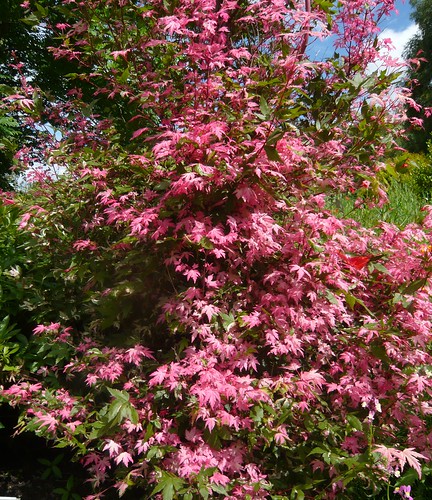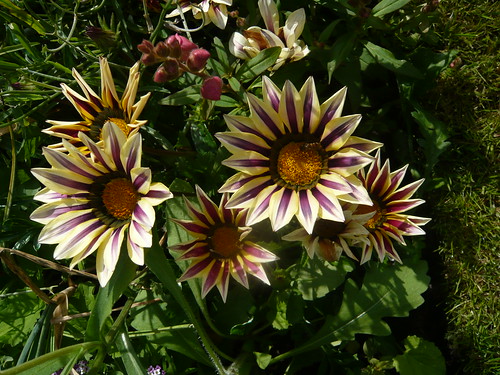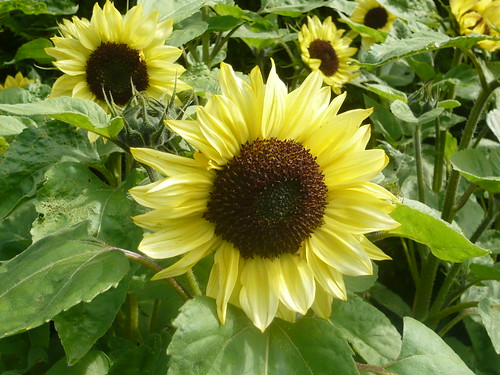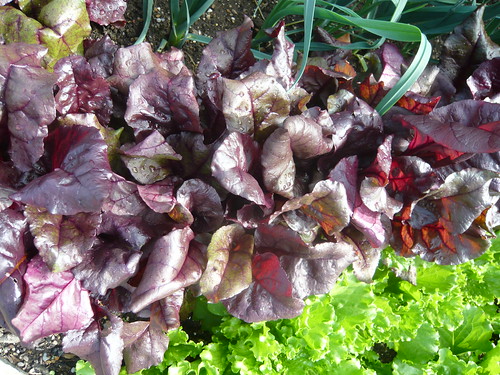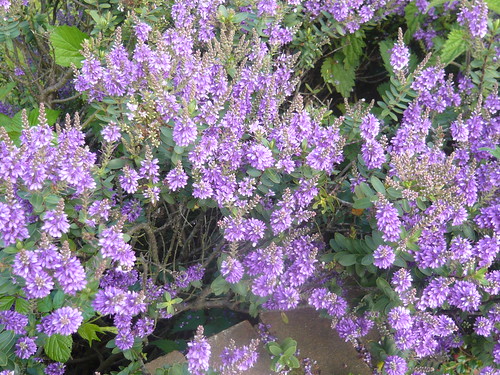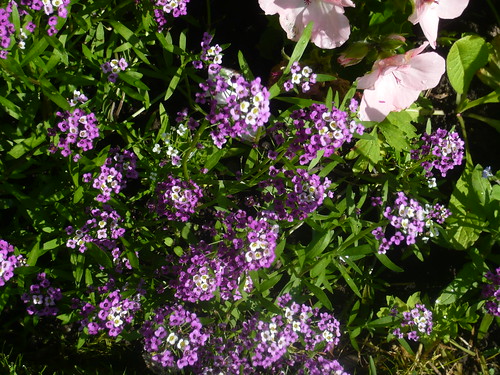Special Foxgloves

The Foxglove family includes several perennial species that are at least as interesting as the native purple foxglove. The variety above is Digitalis Ferruginea and the red/brown throat of the flower contrasts with the Red Monarda in the background. The plants are ‘neat but not gaudy’ according to the RHS AGM for this plant but at 4 feet tall I think they can look special.
The name Foxglove comes not from foxes but ‘folks’ gloves’ because it was thought that the flowers were used as gloves by fairies. Well not at the bottom of my garden.
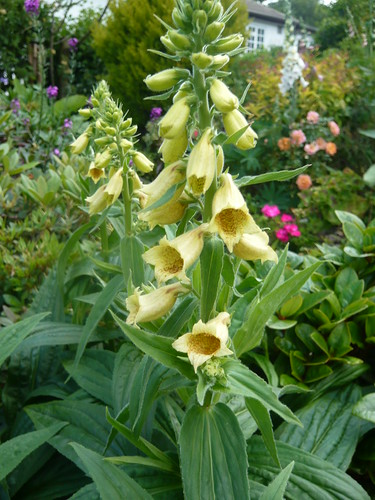
This Digitalis Lutea is the yellow perennial. I grow this in strong clumps amongst my Rhododendrons. It flowers after the Rhododendrons have finished and maintains some interest in this part of the garden through summer. It tends to self sow and as a short lived perennial I can transplant those I need for continuity.
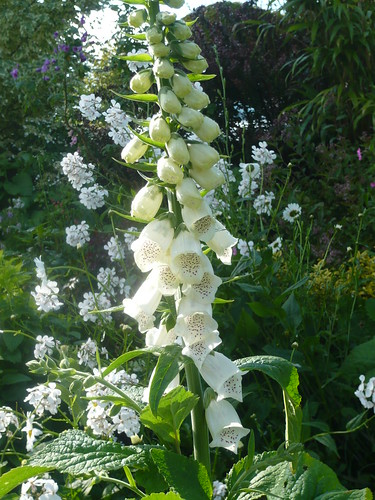
This Foxglove Alba has a light brown speckled throat. When you think about it there are not many true brown flowers.
